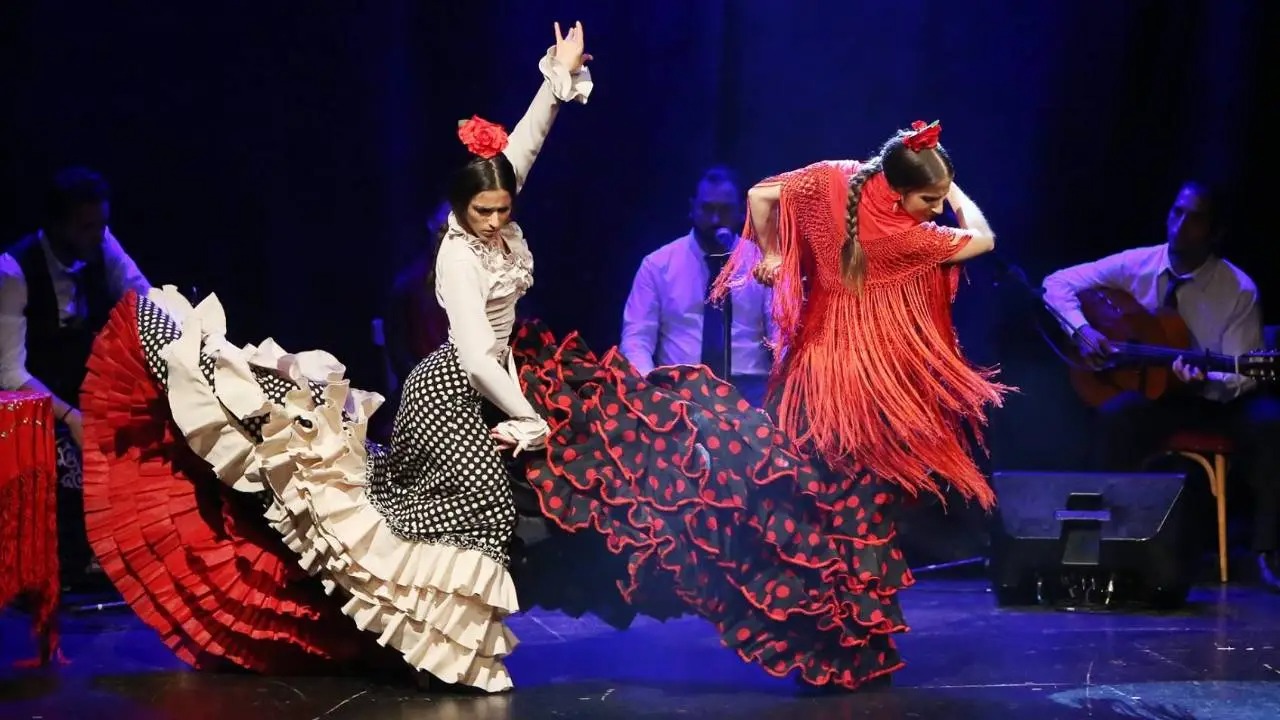Flamenco is a captivating artistic expression that originated in Andalusia, a southern region of Spain, in the late 18th century. It is a dance form that combines the elements of dance, music, and poetry, and is known for its vibrant rhythms, intricate footwork, and emotional intensity. Flamenco is not only a dance but also a way of life, representing the cultural identity of the Andalusian people. In this essay, we will explore the history of Flamenco, its cultural significance, and its impact on the world of dance.
The Origin of Flamenco
The origin of Flamenco is a subject of debate, with some scholars suggesting that it has roots in the Roma (Gypsy) community that lived in Andalusia. Others argue that it has Moorish and Jewish influences due to the region's long history of cultural diversity. However, what is certain is that Flamenco emerged as a form of expression among the marginalized and oppressed communities of Andalusia, including the Roma, the Moors, and the Jews.
Initially, Flamenco was performed in small gatherings, often in the homes of the performers or in the taverns of the working-class neighborhoods. It was a way for these communities to express their sorrows, joys, and struggles through music, dance, and poetry. Over time, Flamenco evolved, incorporating elements of classical Spanish dance and music, and became a popular form of entertainment in theaters and cafes.
The Cultural Significance of Flamenco
Flamenco is more than just a dance form; it is a cultural expression that embodies the identity of the Andalusian people. The dance's emotional intensity reflects the region's history of oppression, poverty, and struggle. Flamenco has been used as a vehicle to express the Andalusian people's pain and suffering, as well as their resilience and strength. It is a reflection of the region's cultural diversity, with influences from the Roma, the Moors, the Jews, and other cultures that have inhabited Andalusia throughout history.
Flamenco has played a significant role in Andalusian cultural identity, and it is recognized as an Intangible Cultural Heritage by UNESCO since 2010. The dance has become a symbol of Andalusian culture, and it is performed in festivals and celebrations throughout the region. Flamenco has also influenced other art forms, including literature, painting, and music, and has become an essential part of Spain's national identity.
The Impact of Flamenco on the World of Dance
Flamenco's impact on the world of dance has been significant. The dance's intricate footwork and emotional intensity have inspired dancers and choreographers worldwide, leading to the emergence of new dance forms that incorporate elements of Flamenco. Flamenco has also influenced modern dance, jazz, and ballet, and its rhythms have been used in popular music genres such as rock, pop, and hip-hop.
Flamenco's popularity has also led to the establishment of Flamenco schools and academies worldwide, where students can learn the dance form and its cultural significance. The dance has become a source of employment for many Andalusian people, with Flamenco performances attracting tourists from all over the world.
Conclusion
In conclusion, Flamenco is a captivating artistic expression that embodies the cultural identity of the Andalusian people. Its emotional intensity and intricate footwork reflect the region's history of struggle and resilience. Flamenco has become an essential part of Spain's national identity and has had a significant impact on the world of dance, inspiring new dance forms and influencing popular music genres. Flamenco's cultural significance has led to its recognition as an Intangible Cultural Heritage by UNESCO, and its popularity has led to the establishment of Flamenco schools and academies worldwide.
Flamenco is not just a dance but a way of life, representing the Andalusian people's cultural identity and history. It continues to evolve and adapt, reflecting the changes in society while maintaining its essence. Flamenco's emotional intensity and intricate footwork will continue to captivate audiences worldwide, making it one of the most enduring and fascinating art forms in the world of dance.

Comments